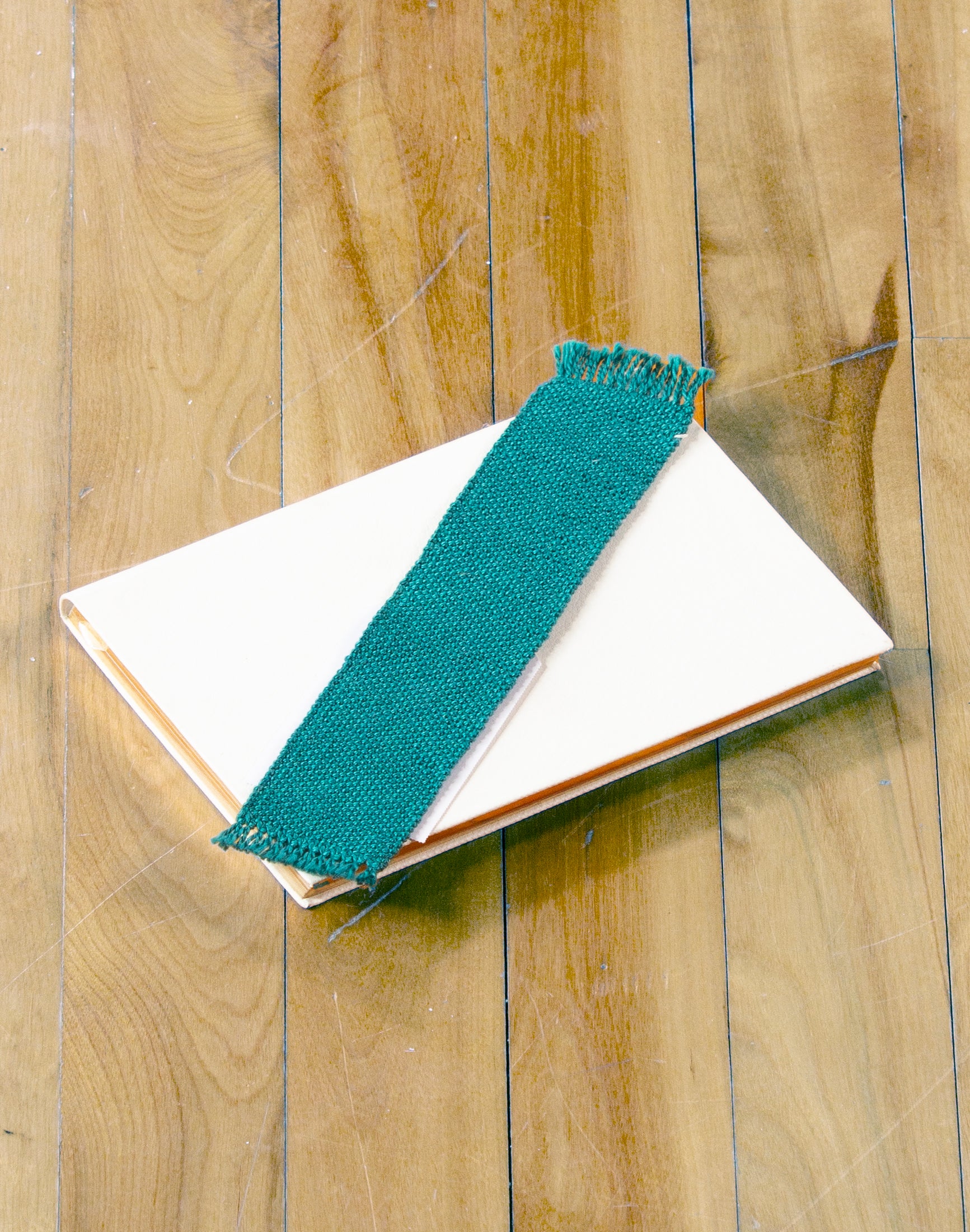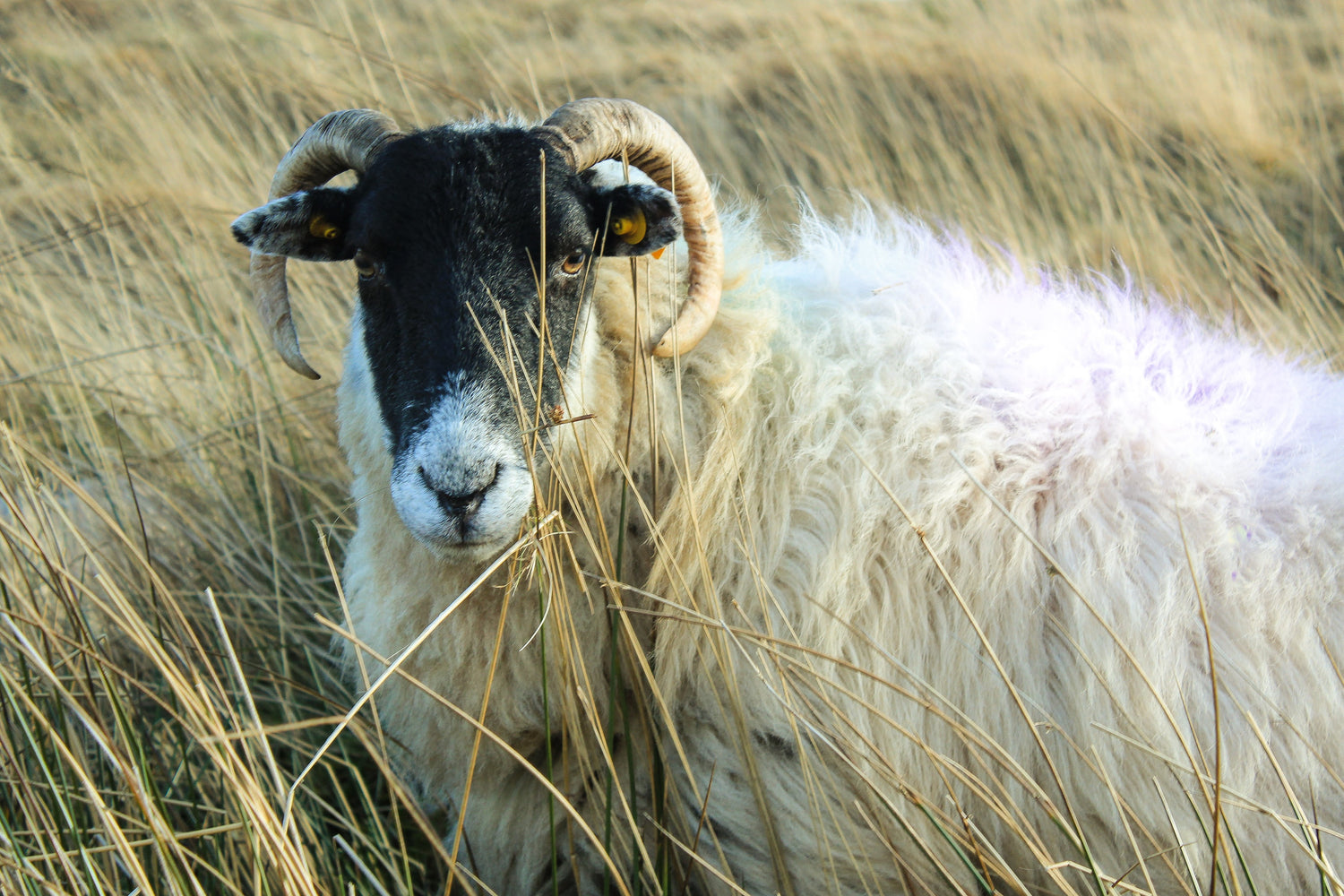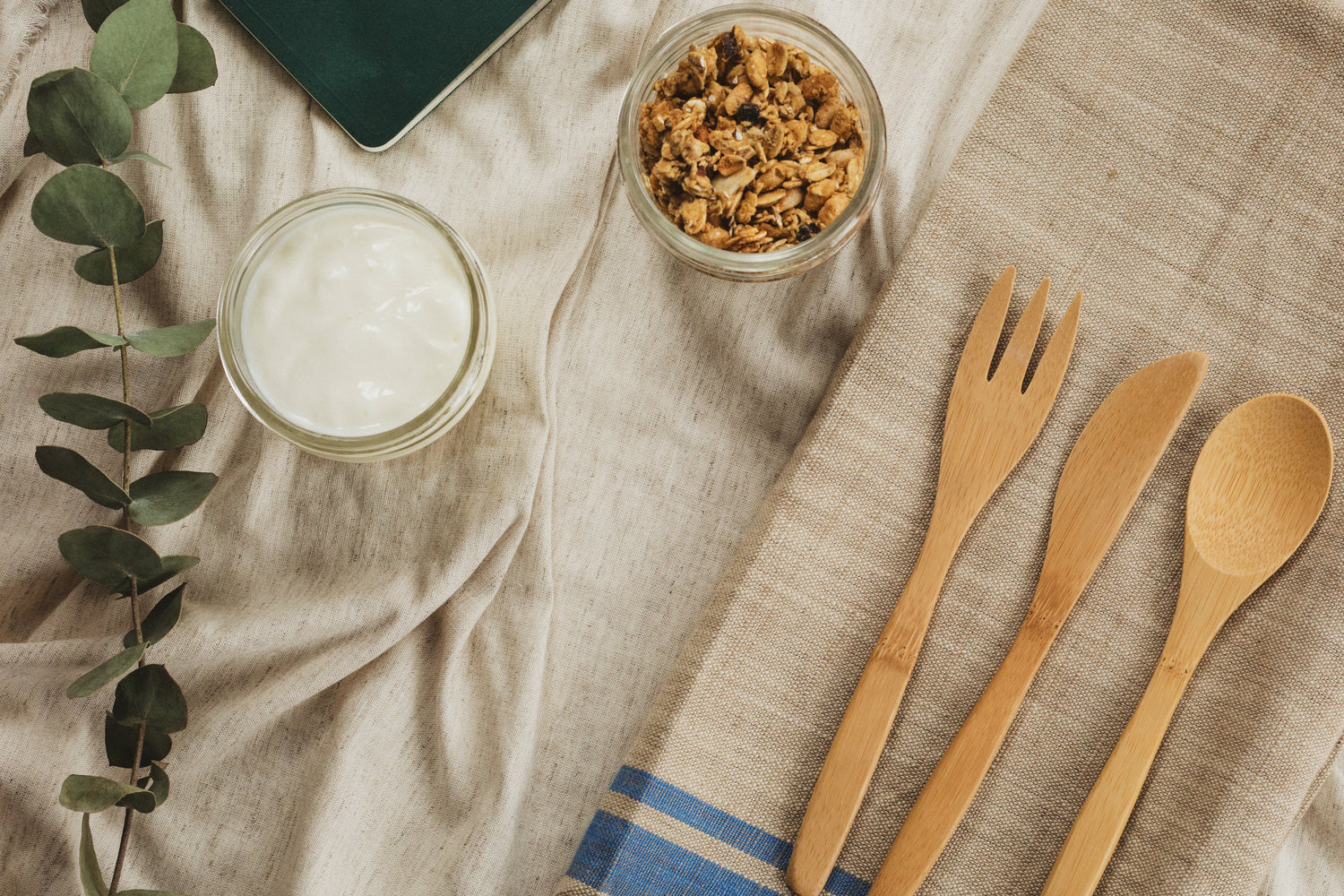

Before there was Hampshire Hill Crafts, there was a young woman named Diane.

"High school introduced me to weaving. At the end of the school year, I built my own frame loom. I haven’t stopped since."
Hampshire Hill Crafts
Functional, one-of-a-kind handwoven textiles that are plastic and synthetics free



"When I started selling, I wanted it to be about more than just fabric."
Our Values
-
Staying Natural
Everything we touch comes from natural, biodegradable materials made with minimal processing.
-
Honesty & Transparency
We strive to make sure you know exactly what our products are made of, and where they came from.
-
Supporting Local
As much as possible, our products are made with materials sourced from local farmers, suppliers or manufacturers.
Collapsible content
Understanding Weaving Terms
Weaving often uses terms that can be confusing if you are unfamiliar with the craft. We've collected together some of these and defined them for you. Use this page as a quick reference for these terms are and what they mean.
Warp
Warp refers to the lengthwise strands of yarn in a weave. Held under tension, it is the warp that attaches to the loom during the process of weaving.
Weft
Weft refers to the strands of yarn in a weave that cross the warp. The weft and warp are always perpendicular to each other.
epc and dpi Measurements
Epc or dpi values on reeds are a measurement for the spacing of threads. The smaller the value, the wider the spacing and the thicker the thread you should use. Epc is metric and stands for “ends per centimetre”, while dpi is imperial and stands for “dents per inch”. Both measurements provide a thread count that refers only to the warp. Epc is written as “x/10”, reading “x ends per 10 centimetres”. The value usually appears without the acronym “epc”. Values given for dpi are written “xdpi”, reading “x dents per inch”.
Loom
A loom is the tool we use to weave. There are many different types of looms. They range from simple square frames to hyper-complex mechanisms known as jack looms. The basic function of any loom is to hold in place strands of thread while they are woven into fabric. We make use of rigid heddle looms to create our products.
Rigid Heddle Loom
A rigid heddle loom features reeds with rigid heddles. Each heddle is a bar on the reed with a small hole in the centre of it. Setting up the loom requires pulling a thread through every slot and heddle. The strands in the slots are allowed to move freely, while those in the heddle move up or down to create the shed.
Heddle
A heddle is a loop or hole that holds select strands of the warp. Moving the heddle up or down brings with it these strands and creates the shed. The pattern of strands held by the heddle creates the texture and pattern of the weave.
Reed
A reed is used to keep threads on a loom evenly spaced. It holds every thread in a slot to maintain the tension, while still allowing them to move. They come in different sizes based on epc or dpi measurements, as well as the width of the loom.
Warping
Warping is a term for setting up a loom. It is the process of attaching the warp to the loom. The warp is held under tension and rolled onto the back beam of the loom, ready for weaving.
This is the most important step in setting up a weave. Uneven tension during warping will affect the end quality of the weave.
Fringe
Fringe describes the lose ends of warp strands at either end of a weave.
There are many different designs for finishing a fringe. The purpose of finishing is to secure the weave and prevent it from unraveling.
Shed
Shed refers to an opening between warp strands through which you pass the weft.
Beating the Weft
“Beating the weft” means packing the weft strands together. The tighter packed the weft, the stiffer the weave. Loose weaves are more delicate while tighter weaves hold together better as fabric. On most looms, you use the reed to beat the weft.
Our Patterns and Designs
This page is a quick reference of our possible patterns and colour combinations. For custom orders, pick your favourite colour, pattern and fringe from these options. Let's get started on your very own custom piece!
Remember that not every colour combination will look good with every pattern. Below are descriptions and examples of the different patterns to give you some ideas.
Page last updated Jul. 29, 2024
Product Care Guidelines
Hampshire Hill is dedicated using only natural fibres in its products. Often different natural fibres need different types of care. This page is an easy-to-find reference for the proper care of the fibre types sold in this store. A single letter represents each fibre type in this guide.
Care Type A
Thread – Cotton Only
Machine washable. Wash in cold water at delicate setting. Wash with like colours. Do not bleach. Lie flat to dry. Do not press. Do not dry-clean.
Care Type B
Yarn – Cotton Only
Machine washable. Wash in cold water at delicate setting. Wash with like colours. Do not bleach. Tumble dry at low heat on delicate setting. Do not press. Do not dry-clean. Some shrinkage may occur.
Care Type C
Animal Fibres - Alpaca, Wool
Hand wash in cold water. Lie flat to dry. Do not tumble dry. Do not iron or press. Do not bleach.
Care Type D
Plant Fibres – Linen, Cotton
Hand wash in cold water. Hang to dry. Do not tumble dry. Do not iron or press. Do not bleach.
No Synthetics Allowed
Synthetics are often made from petroleum by-products
Natural fibres biodegrade and don’t remain to pollute the environment.

Our Vision
To stop the spread of microplastics polluting drinking water worldwide by creating biodegradable products made with 100% natural materials like cotton, wool, alpaca and linen.

Wool
Breathable and warm, wool retains it’s insulative value even when it’s wet.

Alpaca
Softer and warmer than wool, alpaca lacks the lanolin of wool and is hypoallergenic.

Cotton
Super absorbent and soft. Cotton is the only natural fibre that is both washer and dryer safe.

Linen
Fast-drying linen is a great way to stay cool in warmer weather. This natural fibre softens more the longer you use it.

Mohair
Mohair’s scaleless fibres have a lustrous sheen that avoids the “itch” factor of wool. It makes for lightweight, warm garments.
